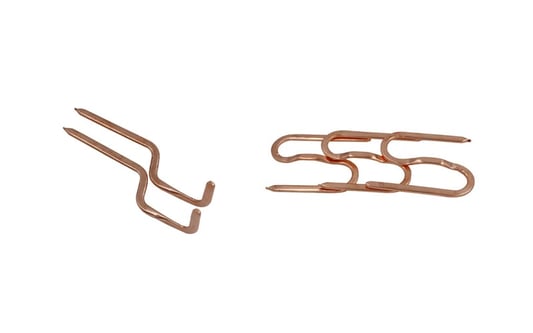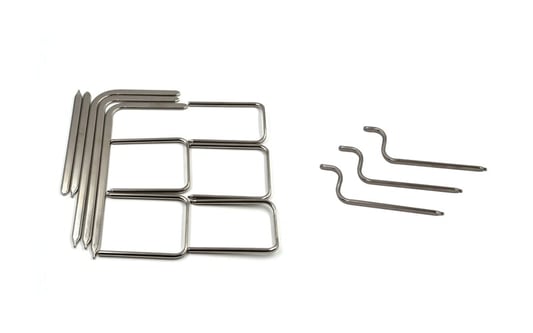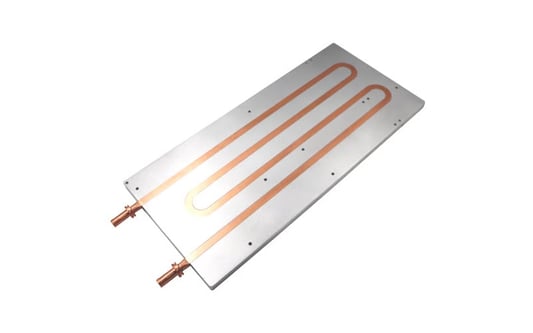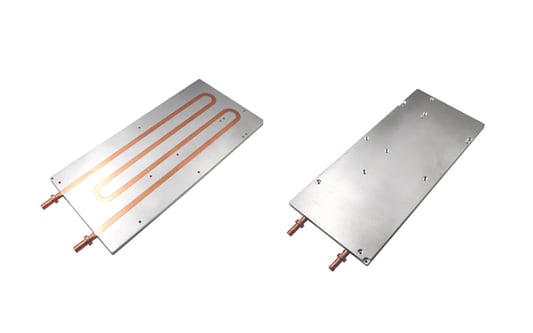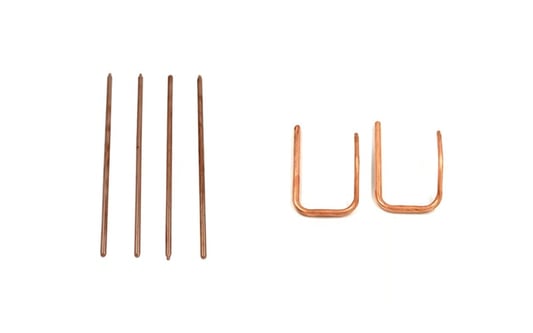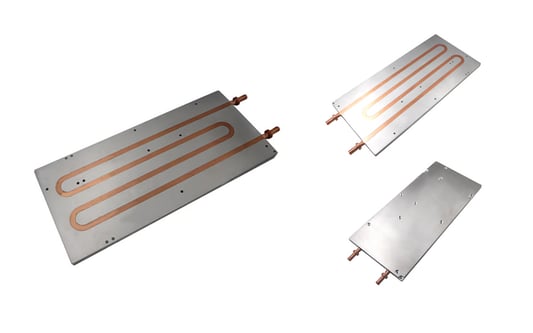Importance of Liquid Cold Plate MaintenanceMaintaining your liquid cold plate is crucial for ensuring long-term performance and efficiency. Regular maintenance can help prevent issues such as corrosion, leaks, and decreased cooling effectiveness.Regular Inspection and CleaningOne of the most important maintenance tips for liquid cold plates is to perform regular inspections and cleanings. Check for any signs of corrosion, buildup, or leaks, and clean the plate accordingly to avoid any potential damage.Use the Right Cleaning SolutionsWhen cleaning your liquid cold plate, make sure to use the appropriate cleaning solutions recommended by the manufacturer. Avoid using harsh chemicals or abrasive materials that can damage the plate and compromise its performance.Monitor Fluid LevelsRegularly check the fluid levels in your liquid cold plate to ensure it is operating at optimal efficiency. Low fluid levels can lead to overheating and decreased cooling capacity, so topping up as needed is essential for long-term performance.Inspect for LeaksLeaks can be a common issue with liquid cold plates, so it's important to inspect the plate regularly for any signs of leaks. Addressing leaks promptly can prevent damage to the plate and ensure it continues to function effectively.Ensure Proper InstallationProper installation of your liquid cold plate is key to its long-term performance. Make sure it is securely installed and connected to the cooling system correctly to prevent any potential issues that could arise from improper installation.Monitor Temperature LevelsKeep an eye on the temperature levels of your liquid cold plate to ensure it is cooling effectively. If you notice any fluctuations in temperature, it may indicate a problem that needs to be addressed to maintain long-term performance.Protect from External FactorsShield your liquid cold plate from external factors that could impact its performance, such as dust, debris, or extreme temperatures. Keeping the plate clean and free from obstructions can help extend its lifespan and maintain efficiency.Consult with ExpertsIf you are unsure about how to properly maintain your liquid cold plate, don't hesitate to consult with experts in the field. They can provide valuable advice and guidance on the best practices for maintaining your specific cooling system.Invest in Quality ComponentsLastly, investing in quality components for your liquid cold plate can contribute to its long-term performance. High-quality materials and parts are less likely to deteriorate quickly and can help prolong the lifespan of your cooling system.Quote Inquirycontact us



